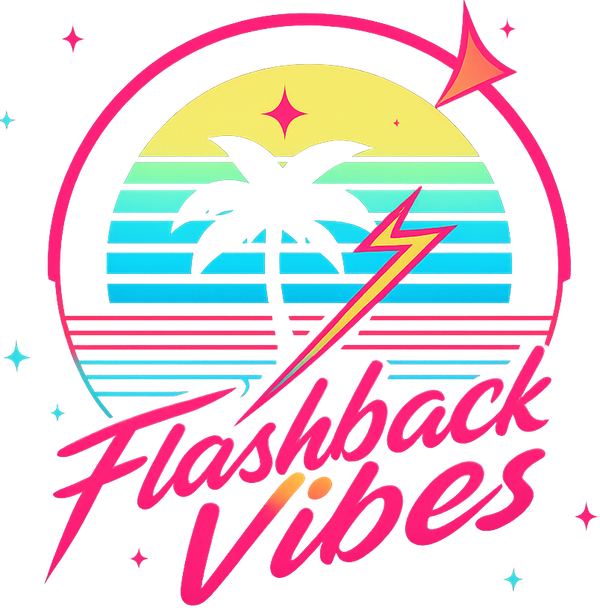The Evolution of Hip-Hop: From the 80s to the 2000s
Title: The Evolution of Hip-Hop: A Journey from the ‘80s into the 2000s
1. Introduction
Picture this, the streets of New York City festooned with graffiti, the unmistakable rumble of boomboxes reverberating, and the freshest sounds of hip-hop electrifying the air. Welcome to the '80s! The birth of hip-hop!
This article unfolds the phenomenal journey of hip-hop, reviving the vibrant essence of the 80s, 90s, and 2000s, linking those memorable times to today's trends.
2. Background Information
Hip-hop rose from the ashes of a post-industrial, poverty-ridden South Bronx in the 1970s, but it wasn’t until the 1980s that it started to bloom. Thanks to pioneers like Grandmaster Flash, Kurtis Blow, and Run D.M.C., hip-hop found its voice. Hip-hop wasn’t just music; it was culture and worldview encapsulated in an infectious beats and powerful lyricism. It symbolized a counter-culture, a rebel, a stance against societal norms. During the breakout phase of the 80s, rappers typically spoke about life in the ghetto, but as the 90s approached, rap transformed into a more direct commentary on politics and social issues.
The 2000s saw hip-hop evolve into a melting pot of styles with artists like Eminem and Kanye West stirring the pot with innovative production techniques and diverse lyrical themes. The impact of these eras runs deep, with hip-hop’s influence seen in current music, generation-defining fashion, and powerful movements for racial equality.
3. Key Features & Nostalgic Impact
The oversized jeans, the quintessential Adidas sneakers, the flashy gold chains – they all scream nostalgia of a past connected to hip-hop. The 80s was the era of colorful tracksuits and Kangol hats, thanks to the likes of LL Cool J and Salt-N-Pepa, while the 90s hip-hop scene brings back memories of baggy jeans and Timberland boots, styled by the Wu-Tang Clan and Nas.
The 2000s ushered in an era of bling with gaudy jewelry and custom grills, popularized by Lil Wayne and Paul Wall. Alongside, there were the low-rise jeans and crop tops sported by female artists such as Missy Elliott, Lil' Kim, and Nicki Minaj. And who can forget the oversized jerseys, bandanas, snapbacks, and Air Jordan sneakers that became the industry standard? Flash forward to today, and we see elements of these vintage trends reincarnated into mainstream fashion and pop culture, from streetwear logos to high-end designer collaborations.
4. How to Incorporate Retro Trends into Modern Life
Incorporating nostalgic hip-hop fashion into your contemporary wardrobe is pretty straightforward. Today’s iconic streetwear labels draw inspiration from old-school hip-hop fashion. For a dash of 80s style, you might pair high-top sneakers with a fresh tracksuit, or channel the 90s by donning ensemble of an oversized sweatshirt with baggy jeans. Round out the look with classic accessories, like gold chains or a pair of tinted round glasses. Vintage stores, online retailers like ASOS, Etsy, and Ebay, and thrift shops are great places to search for authentic retro pieces.
5. Tips & Fun Facts
Did you know the Run D.M.C.'s 1986 hit single "My Adidas" sparked one of the first major brand-artist endorsements in hip-hop when Adidas approached the group for a collaboration? Or that the "Parental Advisory" label started appearing on album covers in the 1990s because of the explicit content of many hip-hop songs?
6. Conclusion
The nostalgic journey through the evolution of hip-hop is a testament to its enduring influence. From the backstreets of South Bronx to the global stage, hip-hop has shaped our cultural landscape in countless ways. Bring back any memories of hip-hop from the 80s, 90s, or 2000s? We’d love to hear from you! Share your thoughts in the comment section and keep the nostalgia alive!
Meta Description: Embrace the nostalgia with the evolution of Hip-Hop from ‘80s to 2000s. Discover the ongoing influence of vintage hip-hop culture on today's fashion and trends. A must-read for vintage hip-hop and fashion enthusiasts!
